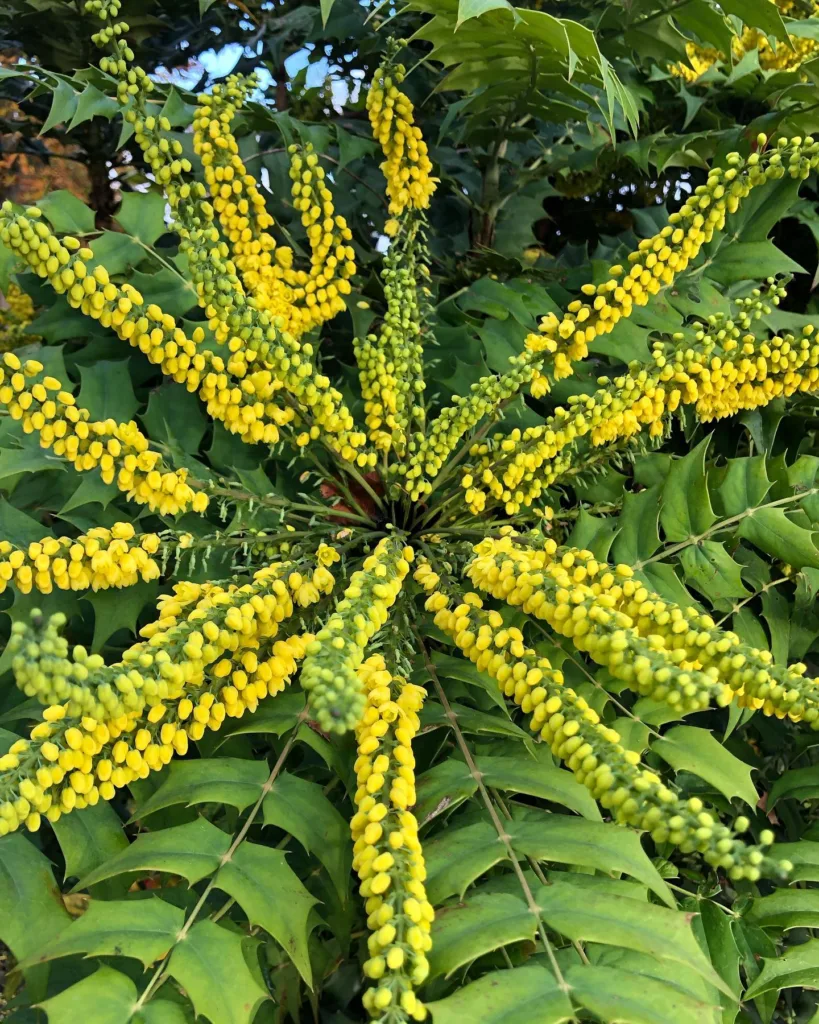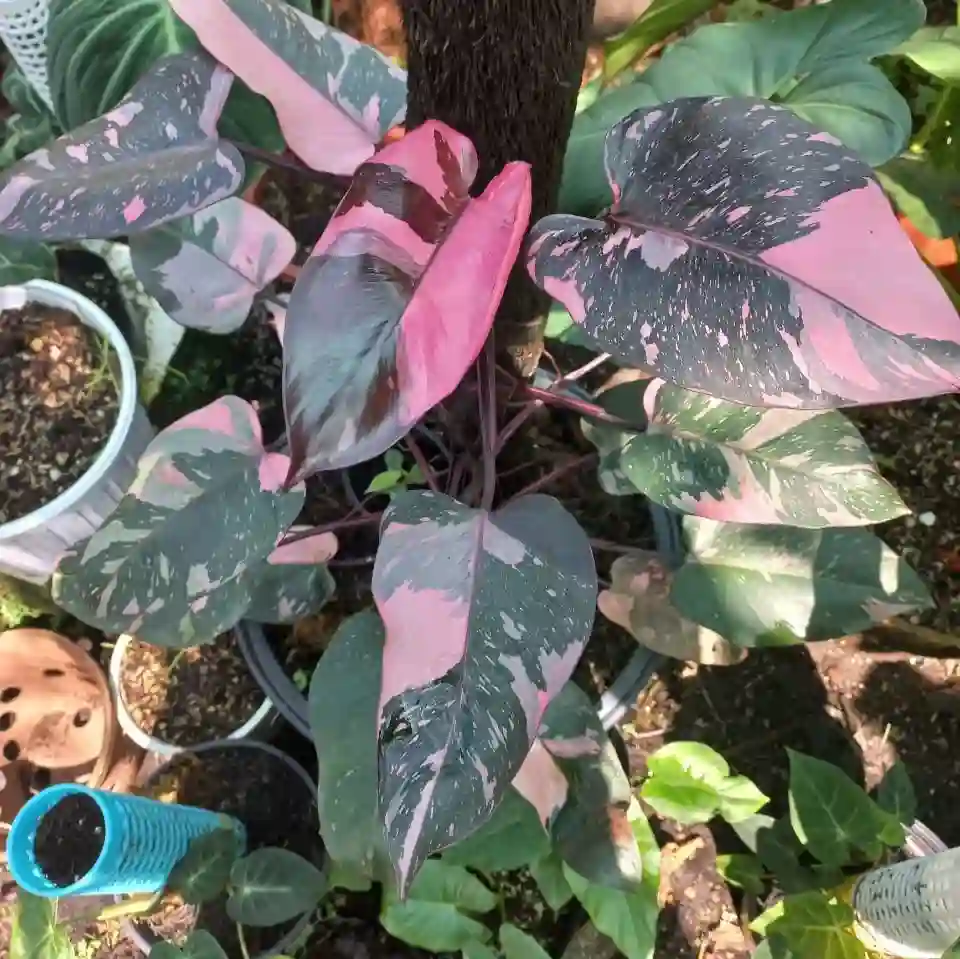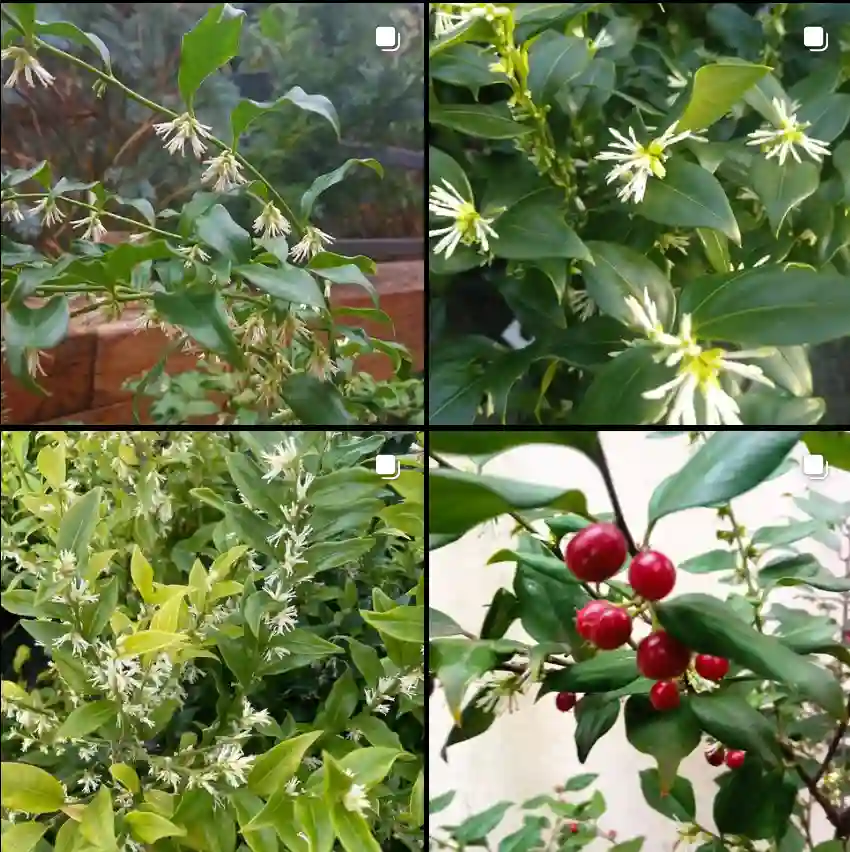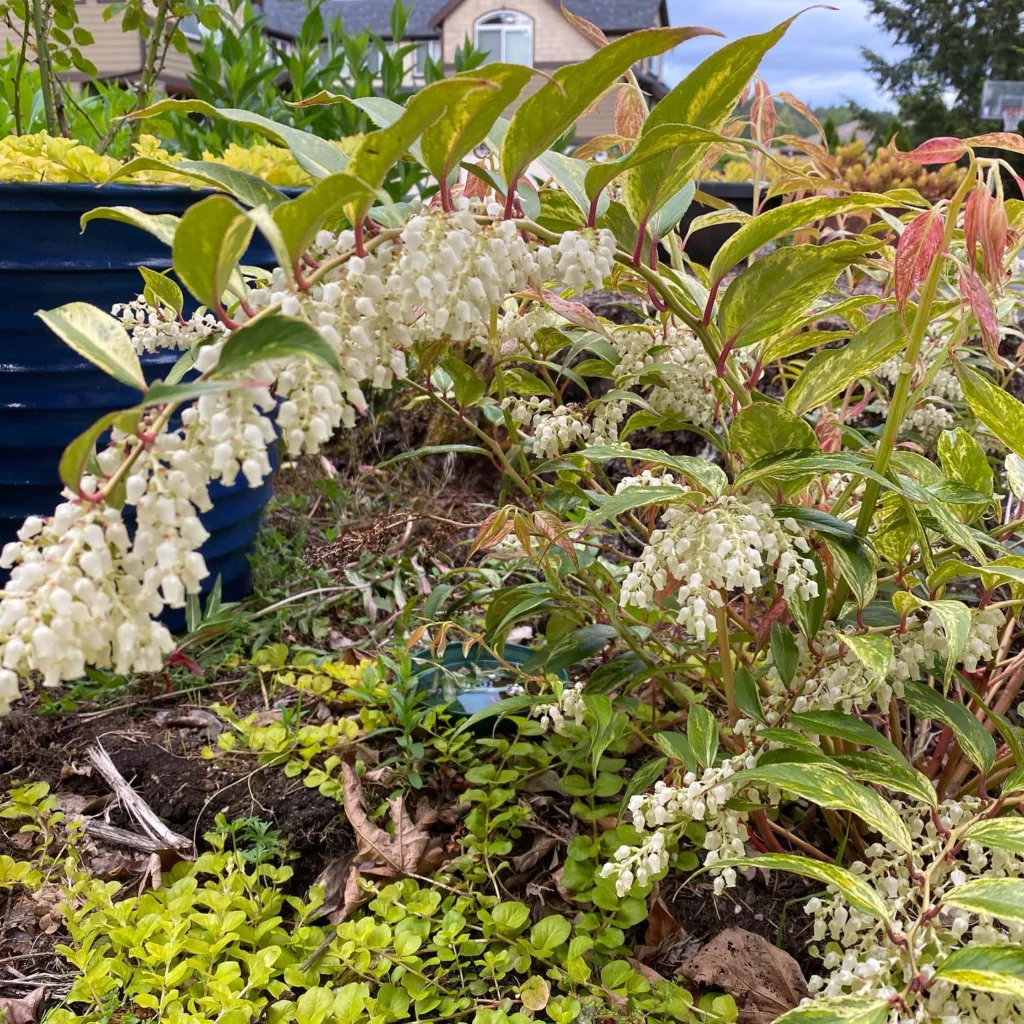Clasping Venus’ Looking-Glass: A Tiny Titan of the Wildflower World
For any nature enthusiast, there’s a thrill in identifying a new plant, a sense of accomplishment in unraveling the mysteries of the wild. Recently, on a hike through a forgotten meadow, I stumbled upon a diminutive charmer – the Triodanis perfoliata, or Clasping Venus’ Looking-Glass. Despite its unassuming size, this little wildflower captivated me with its delicate beauty and surprising resilience.
Intrigued, I delved deeper into the world of this captivating wildflower. In this article, I’ll share my discoveries, hoping to spark your own curiosity about the Clasping Venus’ Looking-Glass.
How to Identify Triodanis Perfoliata?
The key to identifying Triodanis perfoliata lies in its unique combination of features. Here’s a breakdown to help you spot this wild charmer on your next outdoor adventure:
- Size and stature: This annual herb favors a compact build, typically reaching heights between 4 to 18 inches. On rare occasions, it might stretch a bit taller.
- Stem: The central stem is the undisputed leader, rising unbranched and showcasing a light green hue. Look closely, and you’ll notice subtle ridges adorned with fine, white hairs.
- Leaves: The leaves are where the “clasping” part of the name comes into play. These light green beauties are arranged alternately, wrapping gracefully around the stem in a display of perfect harmony. Their shape is a delightful blend of round and scallop-edged, resembling miniature shells.
- Flowers: The star of the show! Triodanis perfoliata boasts small, bell-shaped flowers in vibrant shades of violet, blue, or lavender. Each flower boasts five delicate petals that unfurl during the day, adding a touch of whimsy to the surrounding landscape.
Where Does Triodanis Perfoliata Thrive?
This little wildflower isn’t picky about its address. You can find it gracing meadows, woodlands, and even disturbed areas with a surprising tolerance for less-than-ideal conditions. It seems to have a particular fondness for rocky slopes and cliffs, adding a splash of color to these often-barren landscapes.
A Native Charmer: The Geographic Range of Triodanis Perfoliata
The Clasping Venus’ Looking-Glass is a proud native of North and South America. Its natural range stretches far and wide, from the cool climes of Canada all the way down to the sun-drenched plains of Argentina. This vast distribution speaks volumes about its adaptability and resilience.
Beyond Beauty: The Ecological Significance of Triodanis Perfoliata
While its aesthetic appeal is undeniable, Triodanis perfoliata plays a vital role in the ecological tapestry. These tiny flowers attract a variety of pollinators, including butterflies, bees, and hummingbirds. As these creatures flit from flower to flower, they inadvertently contribute to the plant’s reproduction, ensuring its continued presence in the ecosystem.
Can You Cultivate Triodanis Perfoliata?
The good news for wildflower enthusiasts is that Triodanis perfoliata can be coaxed into gracing your garden. Here are some tips for cultivating this little charmer:
- Light: Mimic its natural habitat by providing a sunny location with well-drained soil.
- Seeding: Sow seeds directly outdoors in early spring once the danger of frost has passed.
- Watering: Keep the soil consistently moist, especially during the initial stages of growth. Once established, it’s surprisingly drought-tolerant.
With a little care, you can introduce a touch of wild elegance to your garden and provide a haven for pollinators.
A Parting Thought: The Allure of the Tiny
The Clasping Venus’ Looking-Glass may be small in stature, but its beauty and resilience are undeniable. It serves as a reminder that some of nature’s most captivating treasures often lie hidden in plain sight, waiting to be discovered by those who take the time to look closely. So, the next time you’re outdoors, keep an eye out for this tiny titan of the wildflower world. You might just be surprised by the magic it holds.
If i die, water my plants!



